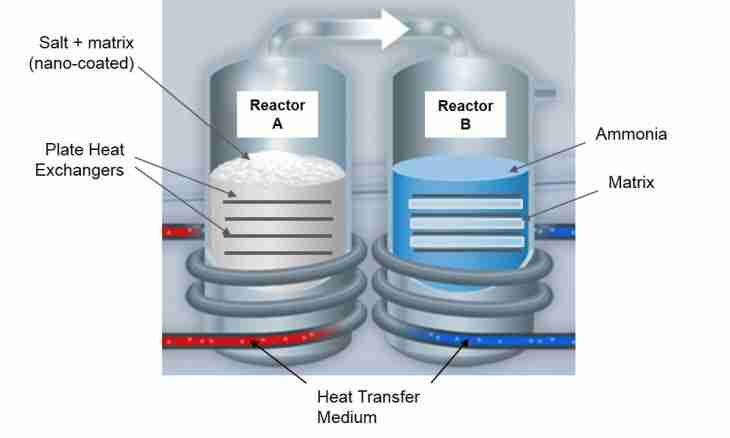Ammonia is a colourless gas with a pungent unpleasant smell. For the first time it was received by the English chemist in 1774. Only 150 years later ammonia began to make commercially.
NH ₃ - a chemical formula of ammonia. Molecules of this gas have the form of a pyramid, in one of tops of which there is a nitrogen atom. They are formed by means of hydrogen communications and characterized by strong polarity. It explains unusual physical properties of ammonia: its temperature of melting is about-80 degrees. It is well dissolved in water, alcohols and other organic solvents.
Use of ammonia
Ammonia plays an important role in the industry. With its help receive the nitrogen fertilizers applied in agriculture, nitric acid and even explosives. The liquid ammonia which is widely applied by physicians is also produced by means of ammonia. The pungent smell of this gas irritates a mucous membrane of a nose and stimulates respiratory functions. Liquid ammonia is used at faints or alcohol poisonings. There is also an external use of ammonia in medicine. It excellent antiseptics to which surgeons process the hands before operations.
Ammonia as sal ammoniac decomposition product, is used when soldering metals. At high temperature from sal ammoniac ammonia which protects metal from formation of an oxidic film turns out.
Poisoning with ammonia
Ammonia - toxic agent. Quite often on production there are poisonings with this gas which are followed by suffocation, nonsense and strong excitement. How to help the person who got into such situation? At first it is necessary to wash his eyes with water and to put on the gauze bandage which is previously moistened in weak solution of citric acid. Then it is necessary to remove it out of zone limits where high concentration of ammonia is observed. Poisoning is possible at concentration about 350 mg/m³. In case of hit of ammonia on skin, it is necessary to wash affected areas with water at once. Depending on amount of the ammonia which got on skin, strong reddenings or chemical burns with blisters can be observed. At the plants where ammonia is produced, drastic measures of fire safety are entered. The fact is that mix of ammonia and air easily ignites. Tanks where it is stored, can easily blow up when heating.
Chemical properties of ammonia
Ammonia reacts with many acids. As a result of such interaction various salts of ammonium turn out. At reaction with polybasic acids two types of salts turn out (depending on the number of moles of ammonia).

